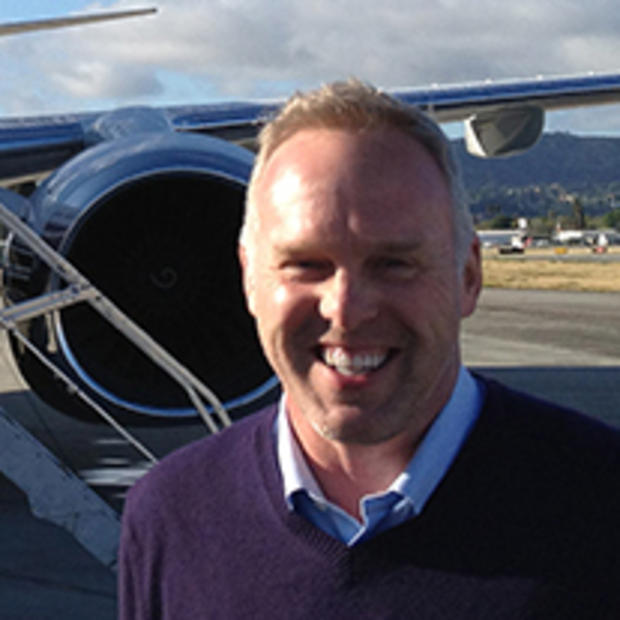The Green Lines idea I wrote about recently, — a network of rapid zero-emission electric 'e-trolleys' traversing the city — turns out to be a compelling idea but not a novel one. A nearly identical concept was developed as part of the Alaskan Way Viaduct Partnership process in late 2008. Despite being the most green, most cost-effective and quickest-to-implement transit solution at hand for Seattle, the idea has gotten almost no traction since the selection of the deep-bore tunnel to replace the Viaduct.
This is not for lack of a plan.
"Inside Metro we coined the phrase (Green Lines) for some internal work about 18 months ago," says Karl Otterstrom, a former Metro planner who now works as Planning Director for the Spokane Transit Authority. "Eventually that work found its way into the Alaskan Way Viaduct process in which the state, the city and the county collaborated on the various alternatives for the Viaduct. 'Green Lines' was not used publicly, but rather 'Rapid Trolley Network.' "
Planners developed routes, cost estimates, and ridership projections for several alternatives. The summary, with the prosaic title "Scenario Development Documentation, Portfolio 4.3", was included in the mountain of documents prepared for the Alaskan Way Viaduct Stakeholders group — to little notice. It is, for all intents, a road map for the Green Lines.
Its conclusions are breathtaking: Metro estimated that a Rapid Trolley Network would increase ridership by 60%, from 24 million to 38 million annual riders, while reducing overall emissions 60% over diesel buses and practically eliminating tailpipe emissions.
The kicker? The report calls the Rapid Trolley Network plan the best transit value in town, bar none: "The estimated marginal cost of $1.24 per new rider is lower than any other improvement." Total capital cost of the Rapid Trolley Network (see diagram) was pegged at $142 million including new passenger amenities, new extensions to Madison Park, connections to the Othello and Henderson Street light rail stations, new connector routes through the Central District, Downtown, and along Denny Way. The cost of the entire Rapid Trolley Network would be roughly the same as a single streetcar line such as the run recently approved from First Hill to Broadway.
Where has such a good idea gone? Nowhere, mostly. This underscores a problem with the deep-bore tunnel selection for the Viaduct replacement: ideas that had been associated with the Surface/Transit option — ideas with practical benefits independent of the tunnel — now seem to be on the back burner if not altogether dead.
In the case of the Rapid Trolley Network, another nail is poised at coffin's edge: the Mayor'ês fondness for expensive streetcars. Rapid Trolley supporters ranging from those on the Seattle City Council to transit planners appear to agree on this point (while glancing quickly over their shoulders): the Green Lines will be stuck in "Park" unless the idea is detached from criticism of the planned rail streetcar projects, never mind the cost or benefit.
Former Metro planner Otterstrom concurs. "The "Rapid Trolley Network" was eventually admired by all the internal people in the viaduct process but there was no political champion. The streetcars had Nickels," says Otterstrom, "The city made a stink when none of the streetcars modeled very well, while we had most trolleybus routes do very well, and only a few that were less effective. The trolley buses were simply better at going where people wanted to go with more frequency than streetcars."
Observers of the process offer an additional suggestion for finding a way to get the system done: Invest enough to enable the system to cross the low bridge and reach West Seattle. That would make it a true citywide system — and allow it to pick up some proponents along the way.



